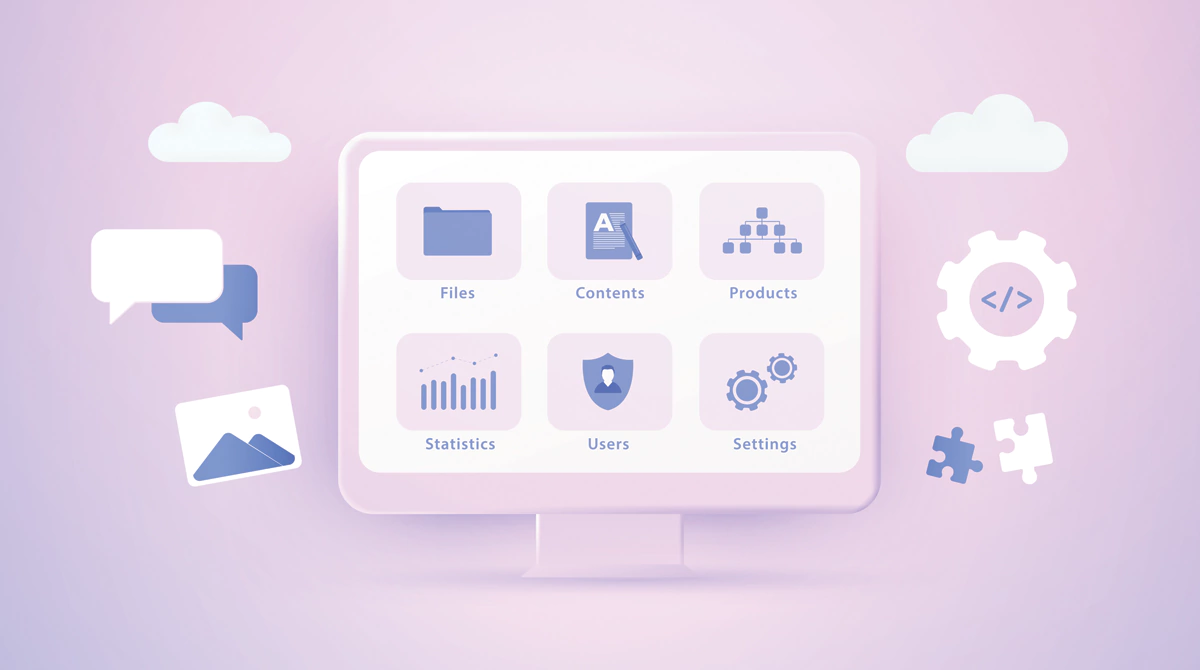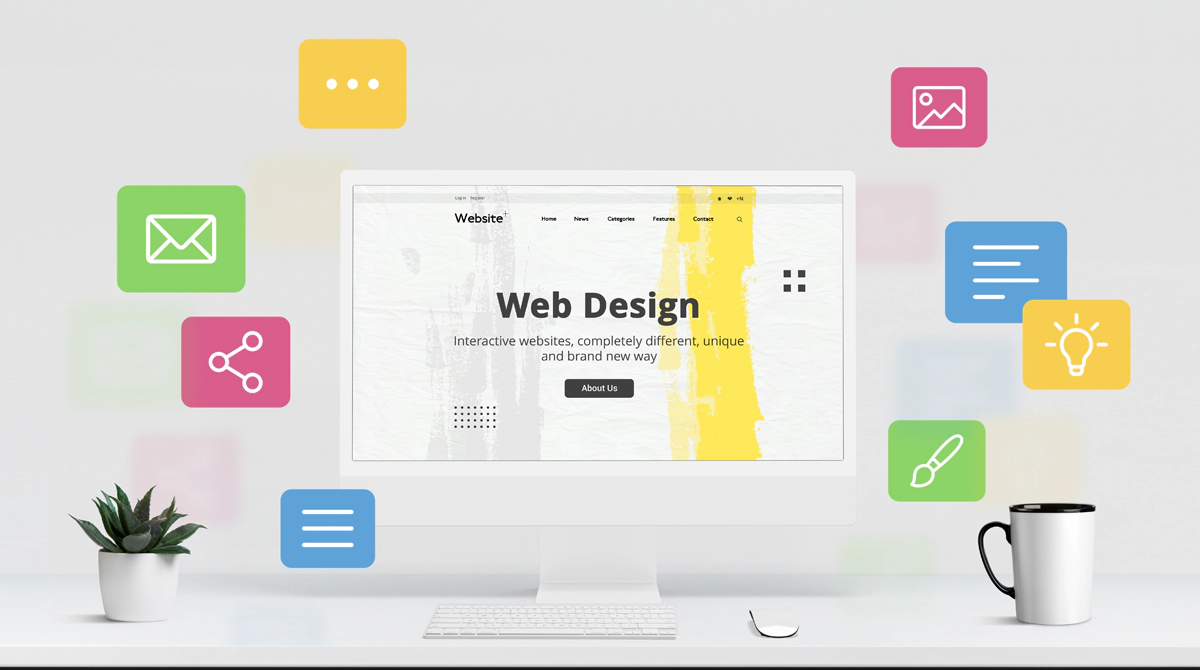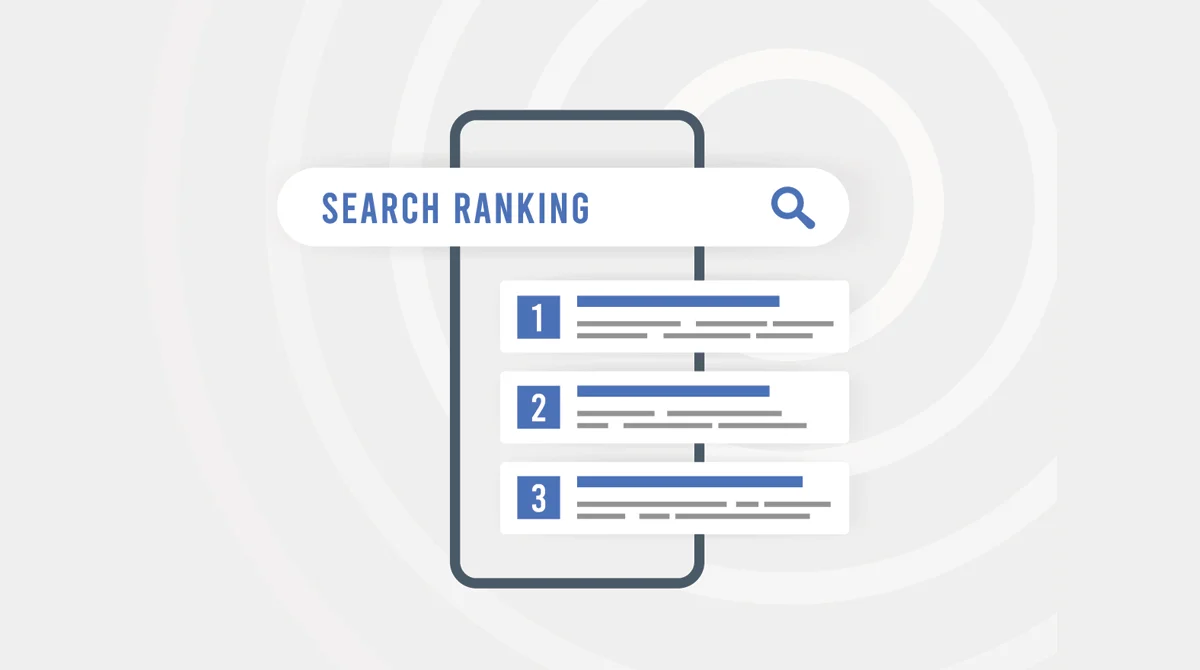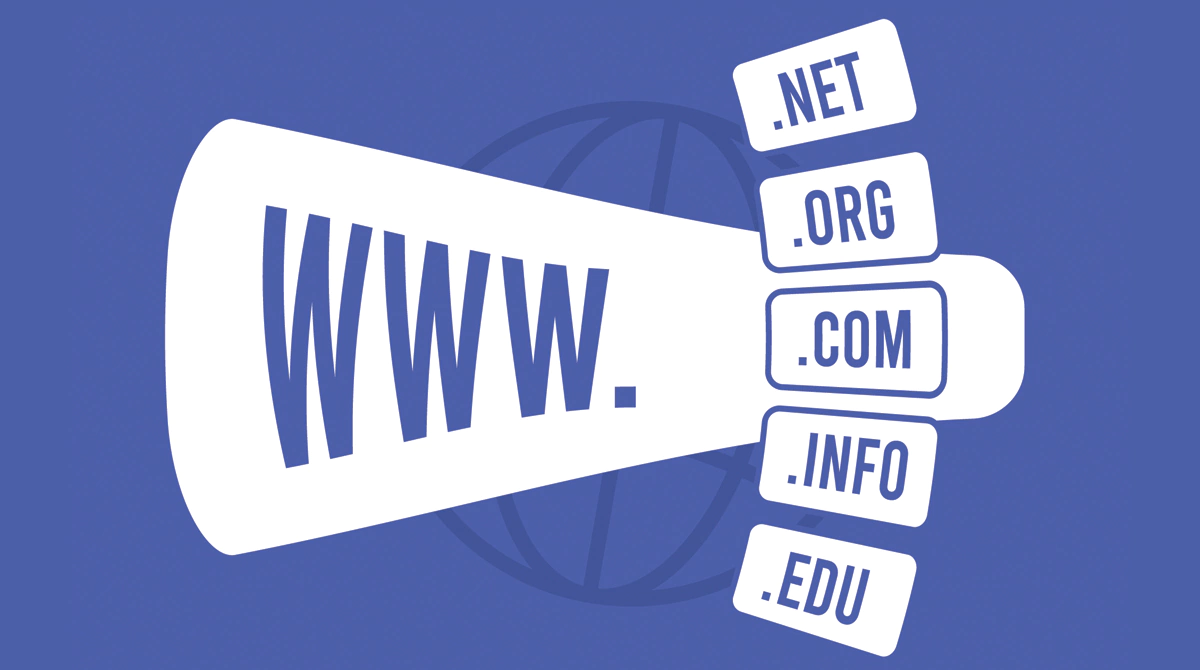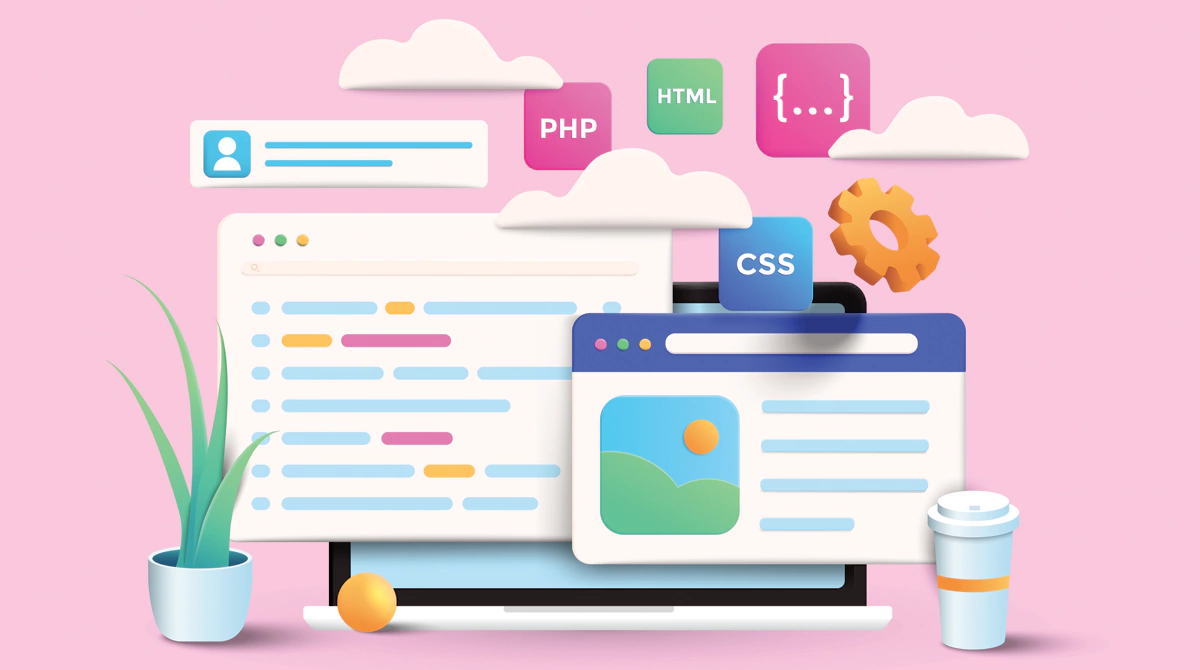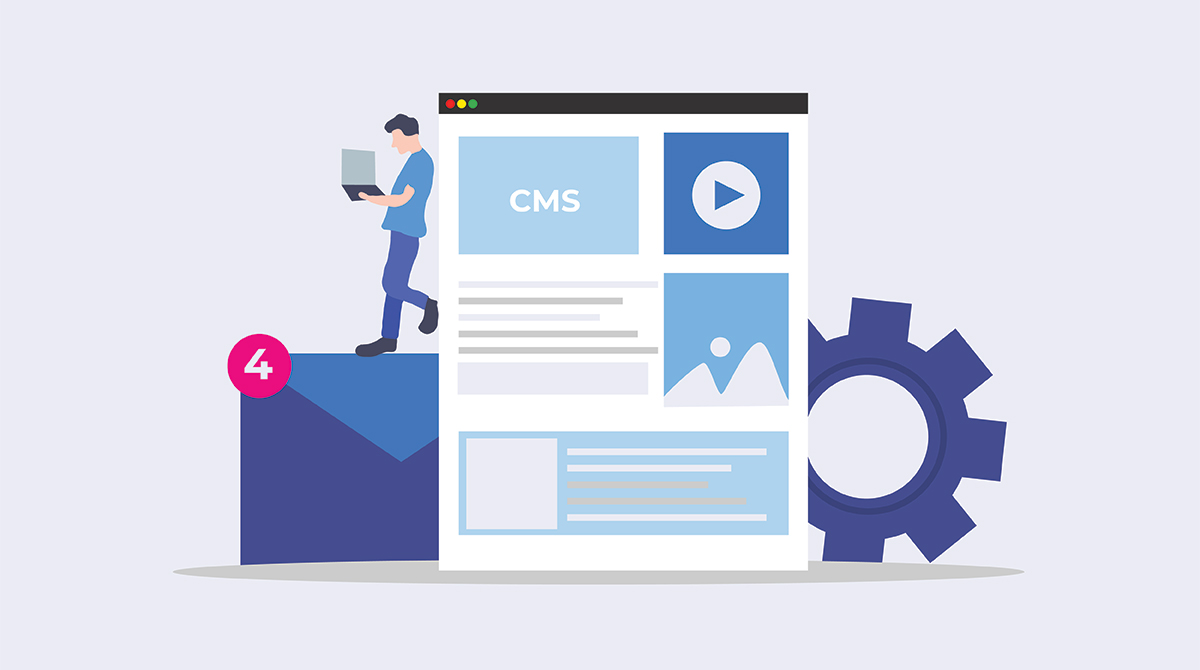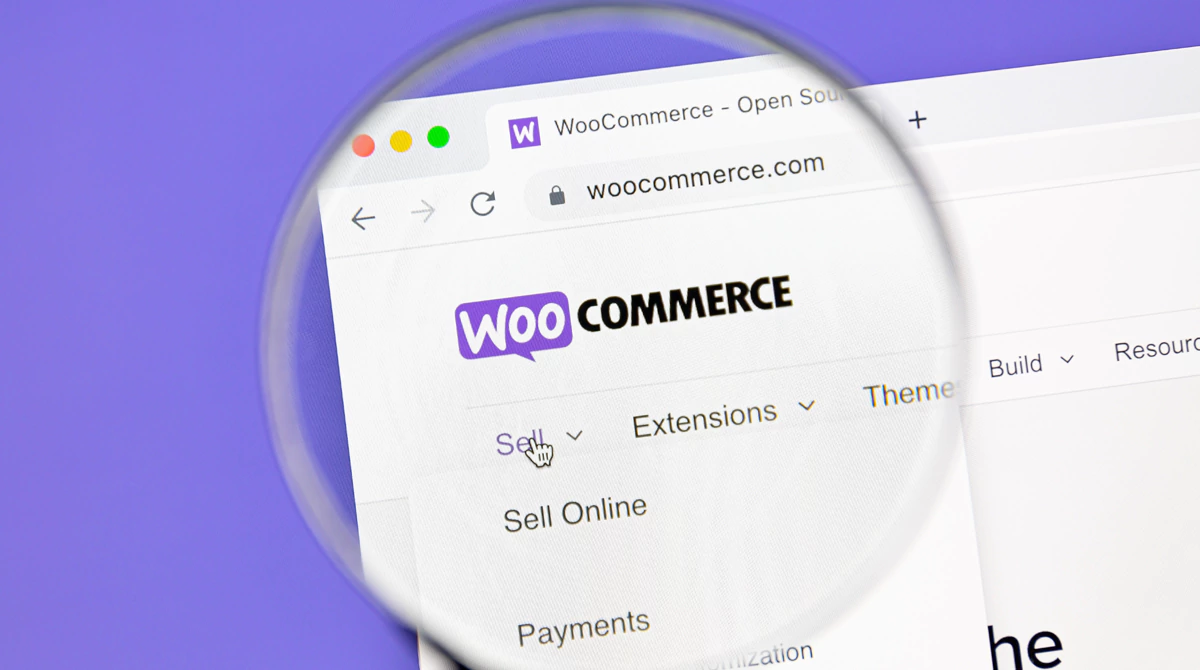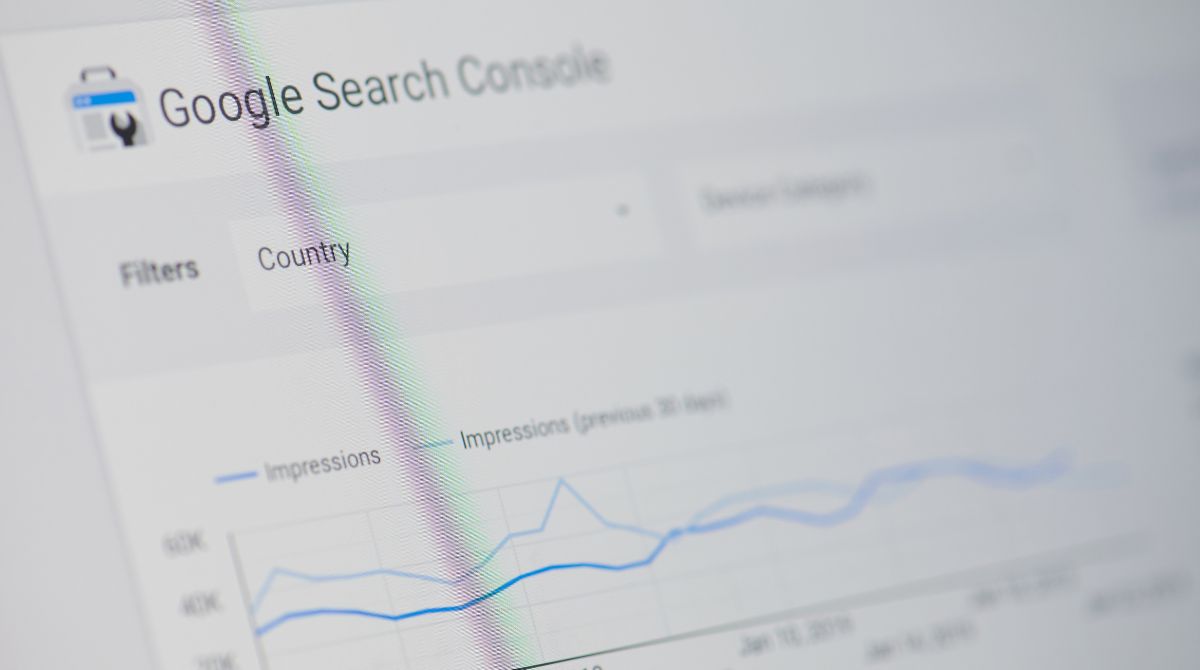In a perfect scenario, every visitor to your website would right away understand the value proposition of your product or service and enthusiastically convert into a customer. But it isn’t how things work, and many visitors will get annoyed and leave your site if they don’t find what they need quickly enough. To maximise your chances of converting browsers into customers, you should ensure that your design is up-to-date and serves your visitor’s interests. Along with this, you should also consider hiring the best web development and web design company. This blog mentions the top nine ways to improve your web design and reduce bounce rates.
Tips to Reduce Bounce Rates
1. Create Clear Navigation
A lack of navigation is one of the most significant factors causing bounce rates. Users will become frustrated if they can’t figure out how to navigate your site and decide not to return, even if they enjoyed what you had to offer. In addition, Google has started penalising sites with low quality or nonexistent navigational elements. The result? A better user experience leading to a higher bounce rate reduction should be your top priority when redesigning a site.
2. Break Large Walls of Text
Every web page is essentially a sales pitch. The visitor to your site is trying to find something (information, an online purchase, etc.) that will cater to their requirements. If you’re not delivering on your promise of ease of use, quality content, or whatever else you are selling, you will lose business fast. Break up large walls of text with images, videos, and bolded headers that direct users where they need to go next so that they stay on your site longer.
3. Use Correct Colour, Contrast, and White Space
Getting your colour scheme right isn’t an exact science, but it does require some brainwork. Sure, you can ask the web design experts in Sydney to bring together some attractive-looking pages with complementary colours, but that doesn’t guarantee a smooth user experience.
Colours, contrast, and white space are critical to a design’s success. Colour choice is an essential part of web design because it can determine whether your audience stays on your page or quickly leaves to find something more relevant. A high-contrast black, grey, or white background with brightly coloured text works best. Too much colour can be distracting, but too little might make visitors have difficulty reading your content.
4. Make it Easy to Scan
A visitor should be able to access your web page in 2–3 seconds. Within that time frame, they should understand who you are, what you do, why they should pay attention to your product, and how to contact you. Keep in mind that people scan instead of reading when browsing online, so make it easy for them by breaking up paragraphs into three lines or less. Bullets are great when listing multiple points (like subheadings) on a single page because they make scanning easier.
5. Keep Content Up-to-date
Inbound marketing isn’t just about getting people to visit your custom website; it’s also about trying to keep those who do stick around. It’s not enough to create a mobile-friendly design; you need mobile-friendly content. It doesn’t matter if your content is A quality; if it hasn’t been optimised for its specific audience, you may drive people away. To ensure this, you must hire a web design agency that knows what SEO is and how to optimise content.
6. Add User Interaction
There’s a reason web surfers get away from sites that aren’t giving them what they want. No one likes feeling ignored. Make it easier for your users to get in touch with you by offering live chat or an interactive contact form. This way, site visitors can ask questions, point out problems or make suggestions without leaving your website. So, you should consider responding promptly—and kindly—to all inquiries!
7. Eliminate Unnecessary Download
It is natural that just like you don’t like waiting, your visitors don’t enjoy it too. Visitors will leave in a fraction of a second if your website takes forever to load. You can ask the experts to speed up your website with some simple edits. You can also get more thoughtful about when images load; many users are on mobile devices these days, so you might want to use image compression services to optimise photos before putting them online.
8. Integrate CTAs
On your website, it’s a good idea to include a clear call to action in your page design. For example, if you have a product or service you want visitors to buy or a form they need to fill out, place these elements within view as much as possible. If they are prominently displayed on every page of your site and marked with Buy Now or Get Started Today, people will respond by purchasing more goods or signing up for services.
9. Avoid Flash Intrusions
Online users are impatient. That’s why your site must be responsive, with no Flash intrusions. Since only a few browsers support Flash, having Flash on your website can result in lower traffic to your site because some online users will leave your site if they cannot view it properly. If you’re looking to grow your web presence and have found that people are unable to visit or don’t finish reading your content, it might be time to remove Flash from your pages.
Wrap Up
Whether you’re planning on getting a new site designed or want to improve the performance of your current one, there are some steps you can take to ensure that visitors aren’t bouncing as soon as they enter your site. Apart from this, you must hire professionals to ensure all the above points. At Make My Website, we will not only ensure taking a note of your requirements, but we will also follow all the necessary steps required to reduce bounce rates. So, if you want reduced bounce rates for your website, get in touch with us soon; we are just a call away.



